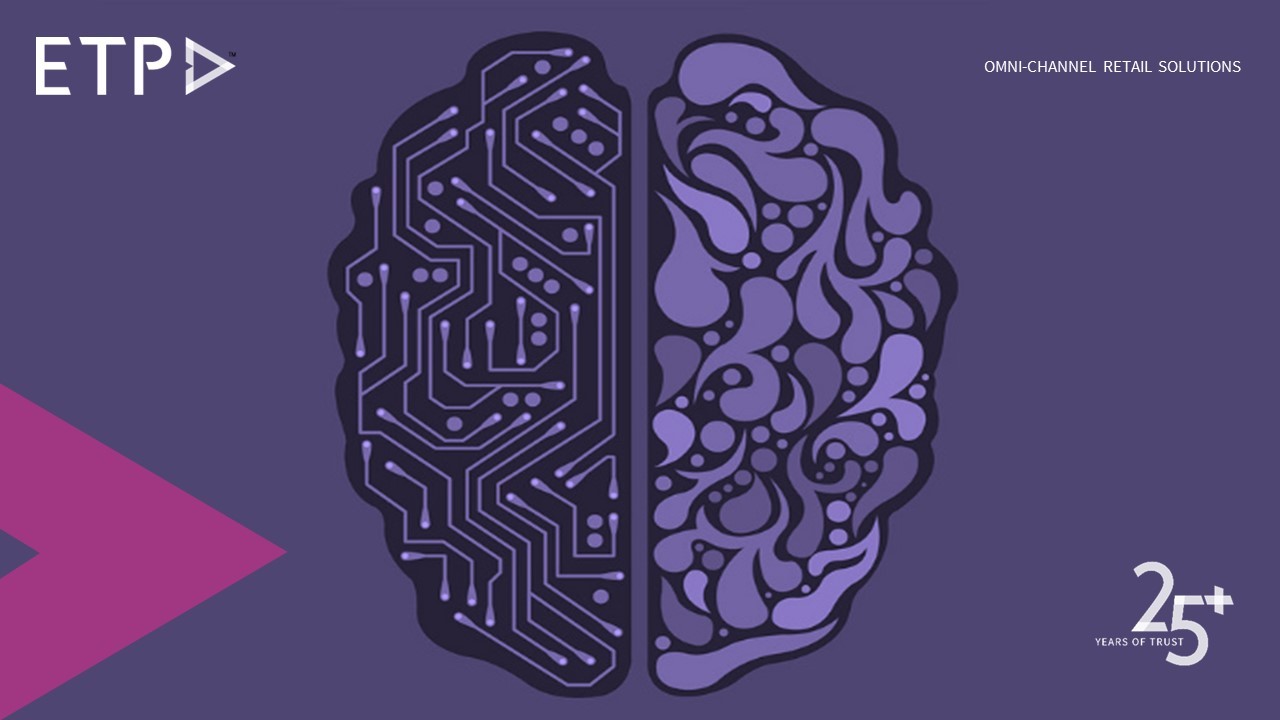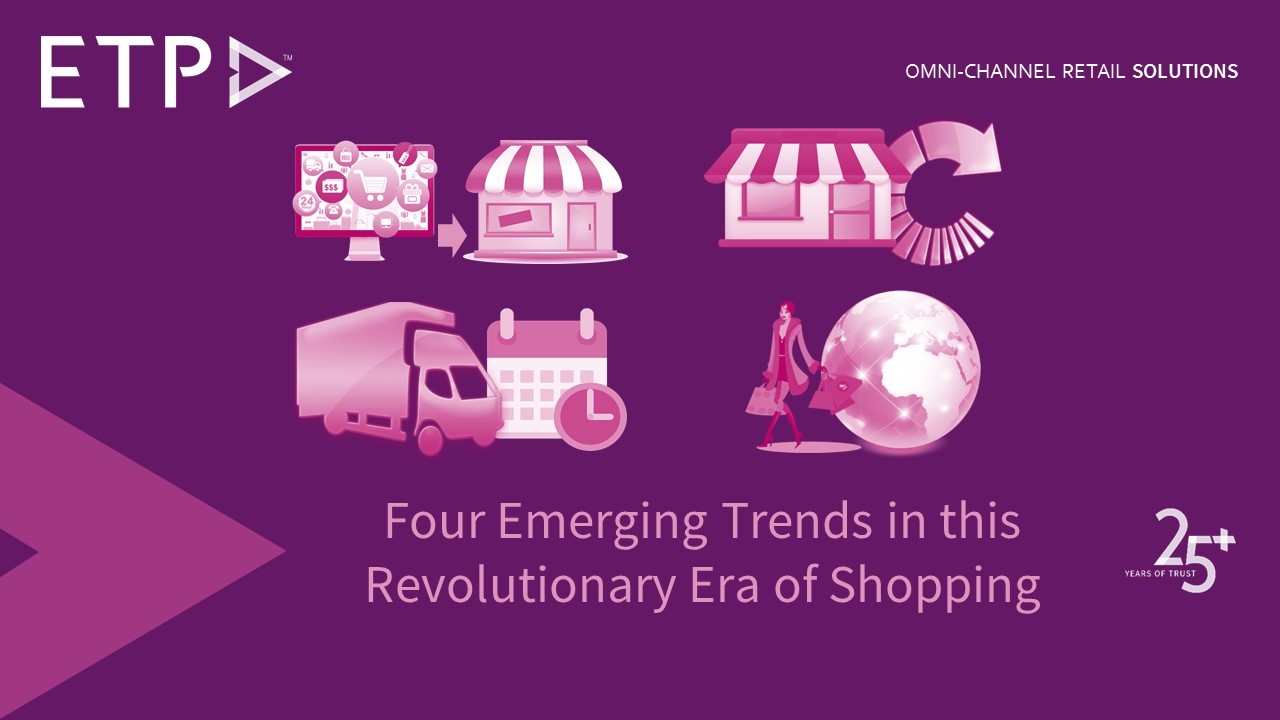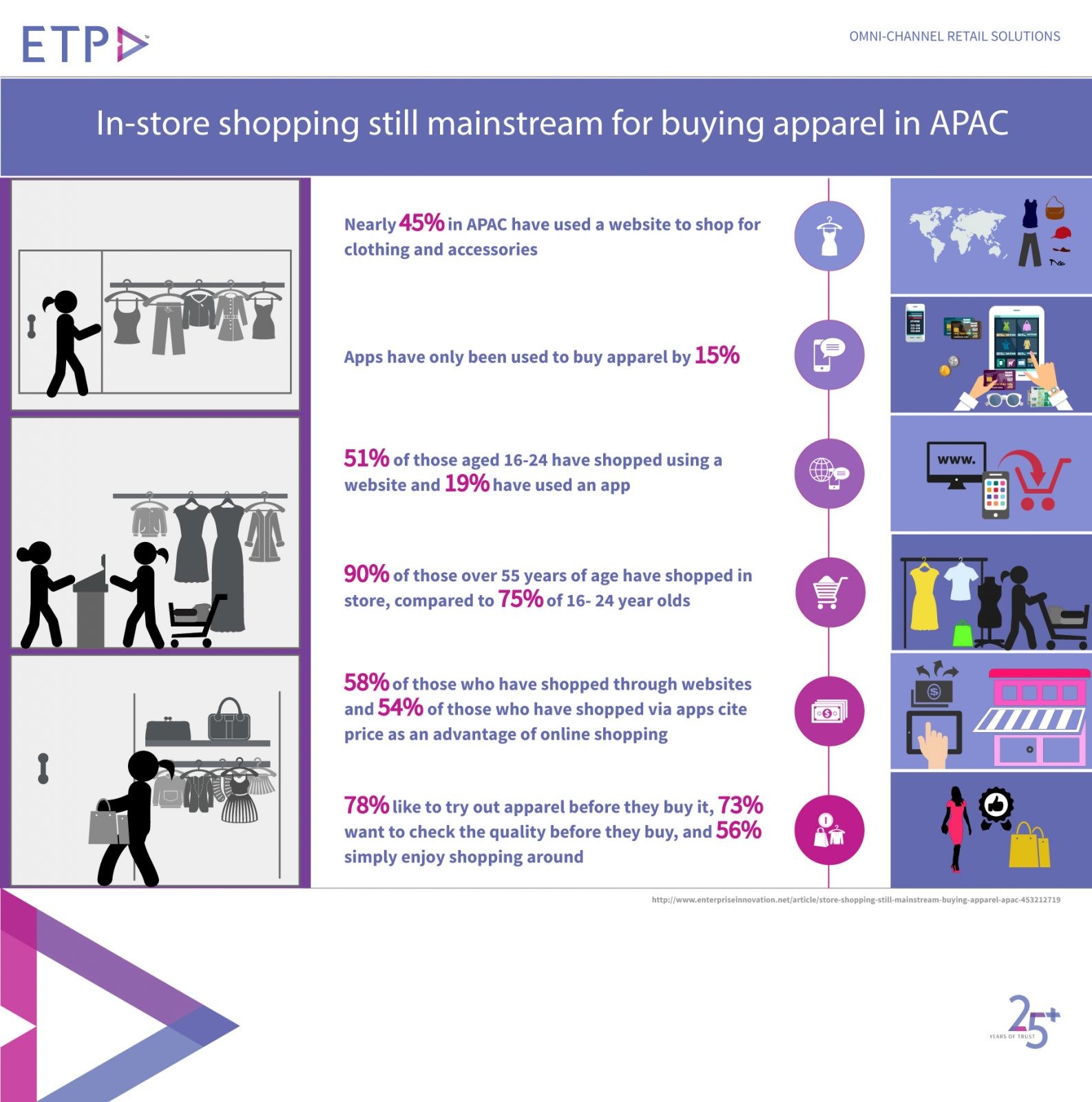
Personalization in retail is definitely not a new concept. Retailers have explored it in many ways over the years to improve shopping experience for the customers. While other retailers simply managed greeting returning customers by their name, Amazon has been one of the pioneers of personalization in retail with its ability to show different and relevant home pages for different customers based on their past clickstream paths and buying history. However, such rudimentary approaches are now considered the starting point for modern day retail marketers.
Customers are savvier than they were a few years ago. Personalization is not a need for them anymore, it is an expected norm. And retail brands must rise to the occasion to exceed this expectation. This may seem an extremely challenging task but with the proliferation of data analytics and implementation of machine learning and artificial intelligence, retail personalization can be majorly resurged.
To begin with, a very basic and brief preview into how AI works; AI uses comprehensive algorithms and logics to find trends in available data be it internal or third party and then helps analyze those trends to derive patterns that can be associated to shopping behaviors and customer personas. Utilizing machine learning that operates on probability and statistics, adjustments can be made in data sets to achieve the best outcome when it comes to creating the right marketing message for each individual customer.
Application of AI driven process in retail marketing and promotion campaigns will not only help retailers acquire new customers, but also boost repeat business. Increased accuracy in personalized communication to the customers along with tailored recommendations and offers will compel shoppers to strengthen their loyalty as they will begin to associate the retail brand with personalized, relevant experiences.
For retail personalization, the future seems to be pretty exciting. Leveraging the potential of Artificial Intelligence, there are limitless possibilities to notch up personalization to levels beyond the imagination of the customer. Infusing AI in marketing will be the differentiating factor for retail marketers that look to stand out from the horde of advertising and marketing communication targeting shoppers.










